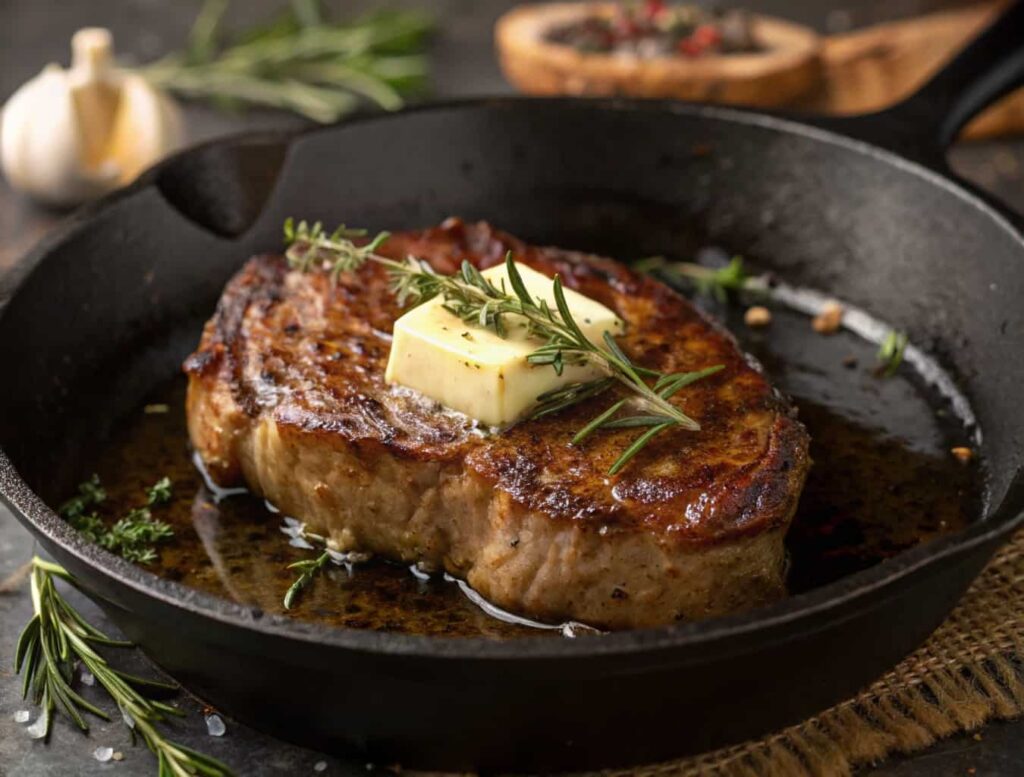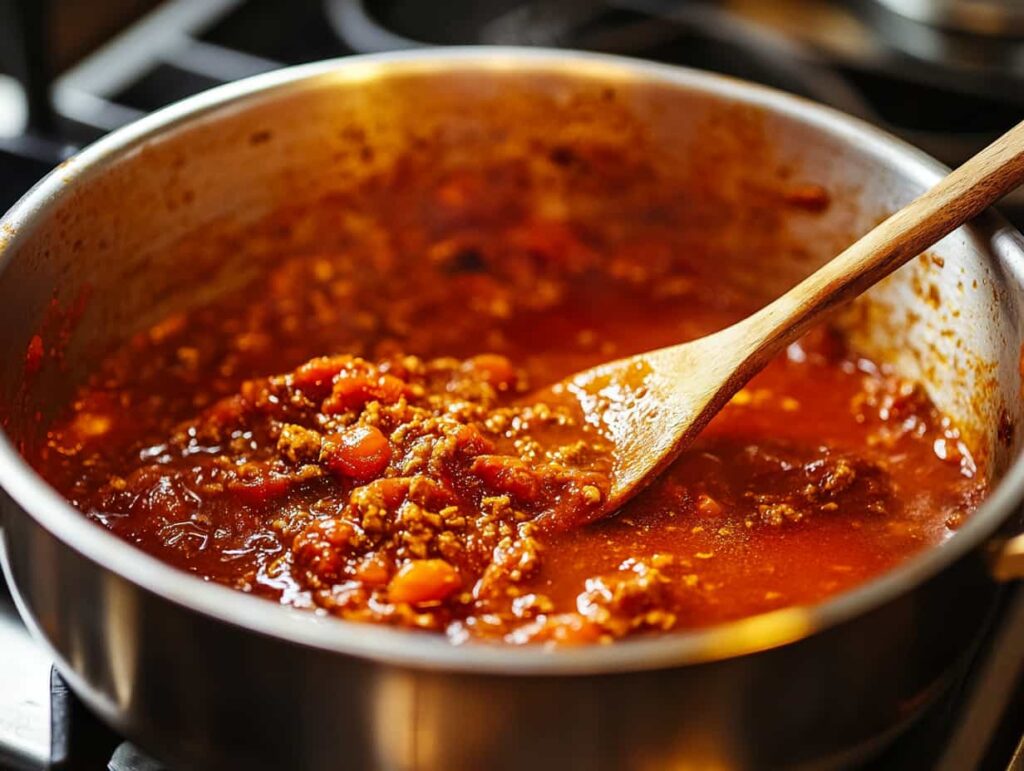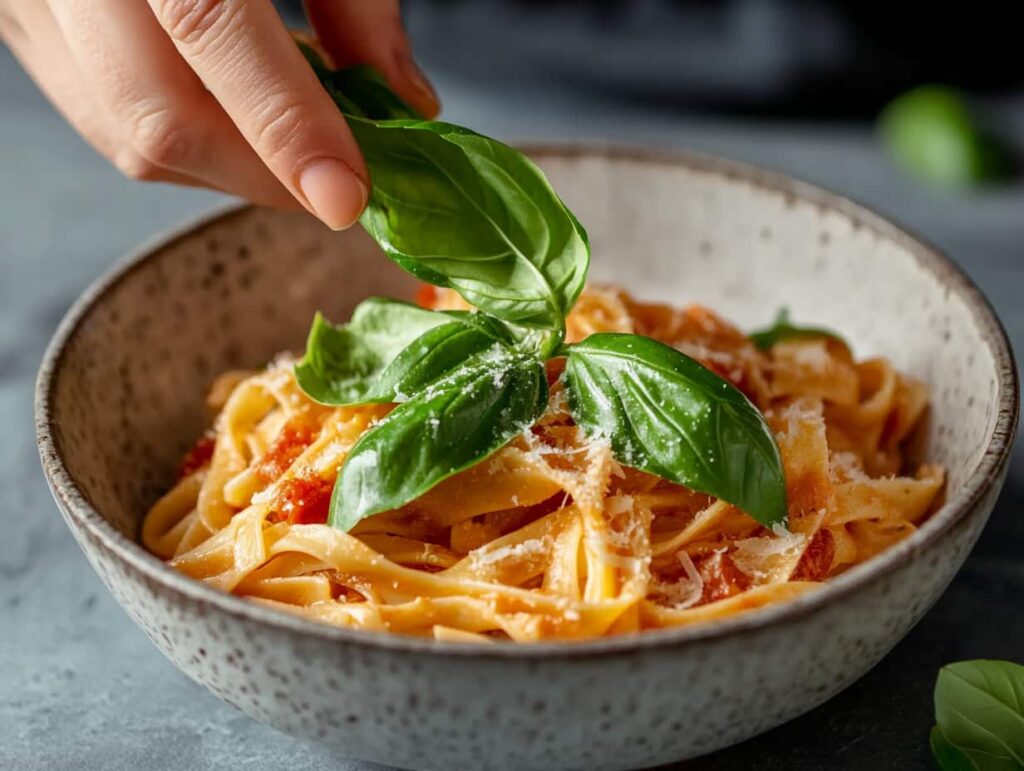Have you ever sat in a fancy restaurant, taken a bite of an incredible dish, and thought, Why can’t I make this at home? You follow recipes, you buy fresh ingredients, yet somehow, it never tastes quite the same.
Well, here’s the secret: Cooking restaurant-quality meals at home isn’t about complicated techniques or expensive gadgets. It’s about understanding a few key principles that chefs swear by.
Once you get the hang of these, you’ll be whipping up dishes so good, your friends and family will be convinced you’ve been secretly training in a five-star kitchen.
Ready to unlock the secrets? Let’s dive in!

1. Start with High-Quality Ingredients
This might sound obvious, but the quality of your ingredients makes all the difference. Restaurants don’t use better ingredients just for fun—it’s what gives their food that rich, vibrant taste. If you’ve ever wondered why their tomatoes taste sweeter or their meat is more tender, it’s because they source the best they can find.
You don’t need to break the bank, but focus on fresh, seasonal produce, high-quality cuts of meat, and good olive oil. Even something as simple as butter—switching from a cheap brand to a high-fat European butter—can instantly elevate your dishes.
2. Master the Art of Seasoning
Ever notice how restaurant food always seems perfectly seasoned? That’s because chefs know exactly how to use salt. Salt isn’t just for making food salty—it enhances flavors. The trick is to season in layers, tasting as you go.
And don’t just stop at salt! Acidity (like lemon juice or vinegar) brightens flavors, while umami-packed ingredients like soy sauce or Parmesan deepen them. The best way to improve your seasoning skills? Taste your food before serving. If it feels like it’s “missing something,” it probably needs a touch of salt, acid, or a pinch of spice.
3. Cook with the Right Techniques
A great recipe won’t save you if your cooking technique is off. In restaurants, chefs rely on methods that maximize flavor—like searing meat properly, deglazing pans, or using precise temperatures.
For example, when searing meat, make sure your pan is really hot before adding anything. This creates a deep, flavorful crust. When cooking vegetables, don’t overcrowd the pan—too much at once will steam them instead of giving that delicious caramelization.
Learn a few key techniques (like roasting, braising, and pan-searing), and you’ll immediately notice a huge difference in your cooking.

4. The Magic of Sauces
Want to know the easiest way to make your food taste fancy? Master a few simple sauces. Even a basic dish can become restaurant-worthy with the right sauce.
A quick pan sauce—made by deglazing a pan with wine, stock, or cream—can transform a boring chicken breast into something special. A homemade vinaigrette can take a salad from ordinary to exceptional. And don’t forget classics like garlic butter or pesto!
Experiment with a few, and soon, you’ll have a go-to sauce for any occasion.
5. Presentation Matters (More Than You Think!)
Think about it—when a dish arrives at a restaurant looking stunning, you’re already excited before taking the first bite. The same applies at home!
You don’t need fancy plating skills, but a few simple tricks can make your food look restaurant-worthy. Use white plates to let colors pop. Layer ingredients instead of just piling them on. Wipe the edges of the plate for a clean presentation.
The more visually appealing your dish is, the more delicious it will feel—yes, feel—even before you taste it.
Enjoying these tips on balancing flavors? There’s even more you can do to take your cooking to the next level! Don’t miss This One Trick Will Elevate Any Recipe!—a game-changing technique that will transform the way you cook forever.
6. Don’t Rush—Let Flavors Develop
Ever wonder why slow-cooked meals taste better? Time is a key ingredient that restaurants use to their advantage.
Letting a sauce simmer an extra 15 minutes, allowing meat to rest before slicing, or marinating proteins overnight can all make a huge impact. Cooking isn’t just about speed—it’s about patience.
If you’re always in a rush, try slowing down just a little. Give your dishes time to reach their full potential, and you’ll taste the difference.

7. Balance Your Flavors Like a Pro
Restaurant dishes taste balanced because chefs know how to play with flavors. Too rich? Add acid. Too salty? A touch of sweetness. Too bland? More seasoning.
Start thinking like a chef: When tasting your food, ask yourself what it needs. A squeeze of lemon can brighten a heavy dish, while a drizzle of honey can balance a sharp vinaigrette. These tiny adjustments are what separate home-cooked meals from restaurant-quality ones.
8. The Final Touch: Garnishing Like a Pro
You know how restaurant dishes always have that perfect final touch? A sprinkle of fresh herbs, a drizzle of good olive oil, or a few toasted nuts? That’s not just for looks—it enhances flavor and texture.
A simple garnish can make a huge difference. A sprinkle of flaky salt over a steak, fresh basil on pasta, or a squeeze of lime over tacos—these tiny details add layers of taste.
Before serving, ask yourself: What’s one final touch I can add to elevate this dish? That small habit will take your cooking from good to amazing.

Final thoughts: You’re Closer Than You Think
Making restaurant-quality meals at home isn’t about being a professional chef—it’s about paying attention to the details. The right ingredients, seasoning, techniques, and presentation can transform your cooking overnight.
So next time you step into the kitchen, think like a chef. Taste, adjust, slow down, and don’t forget the final touches. Before you know it, your home-cooked meals will rival your favorite restaurants—and maybe even surpass them.



